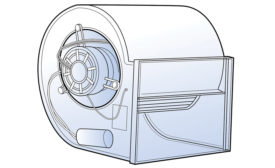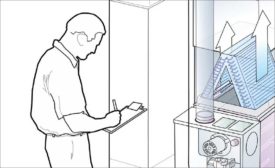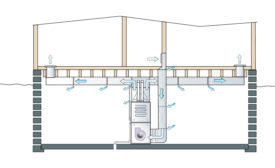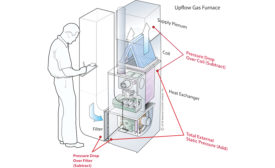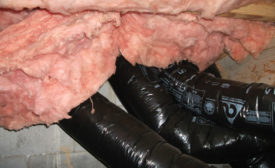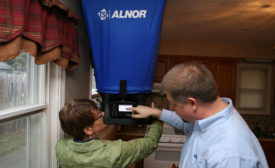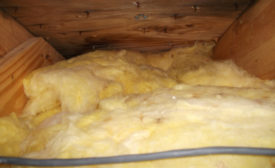David Richardson
David Richardson serves the HVAC industry as Vice President of Training for National Comfort Institute, Inc. (NCI). NCI specializes in training focused on improving, measuring, and verifying HVAC and Building Performance. If you’re an HVAC contractor or technician interested in learning more about building science applied to HVAC, contact David at ncilink.com/ContactMe.
ARTICLES
Five Issues That Cause Static Pressure Readings to Look Great
Several situations can cause readings to look better than they really are
Read More
Four Reasons for Contractors to Ignore Static Pressure Readings
Some techs believe measuring is a waste of time
Read More
Duct Dynasty: Estimate Room Airflow in Six Steps
Get your customers engaged by including them in the process
Read More
Four Ways You Might Be Using an Air Duct Calculator Incorrectly
For contractors, it’s better to light one candle than to curse the darkness
Read More
Copyright ©2024. All Rights Reserved BNP Media.
Design, CMS, Hosting & Web Development :: ePublishing

